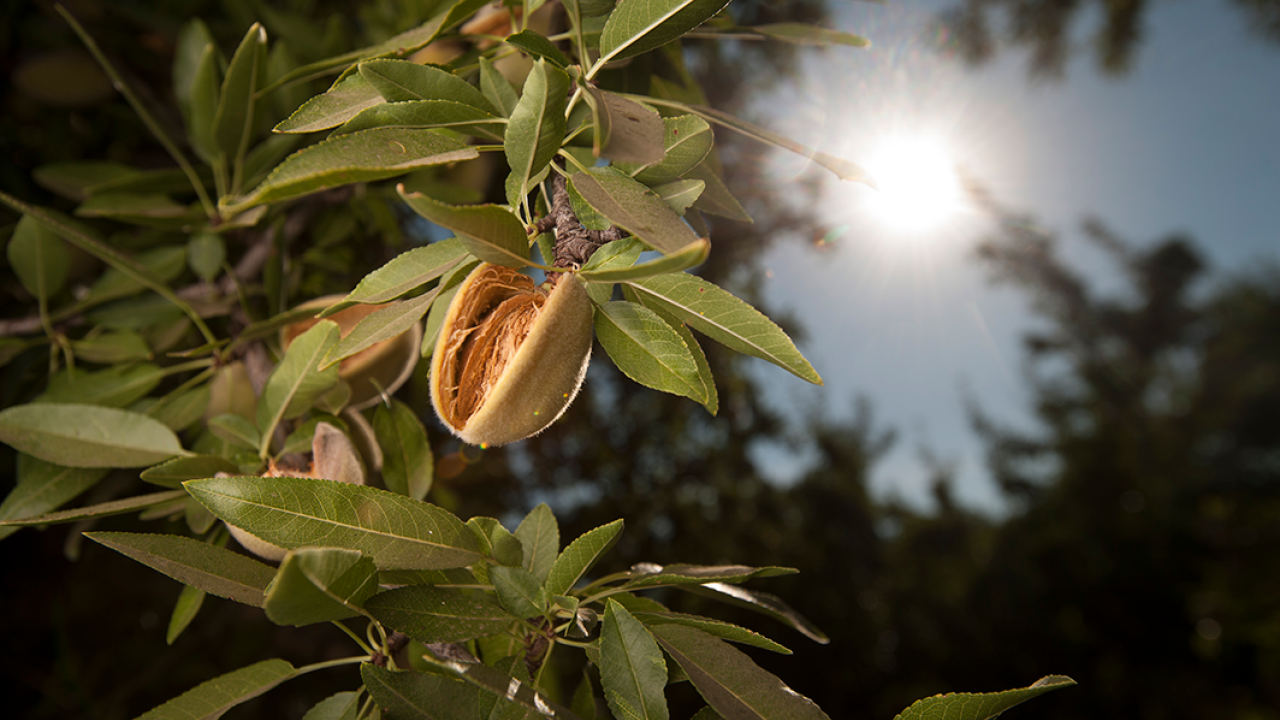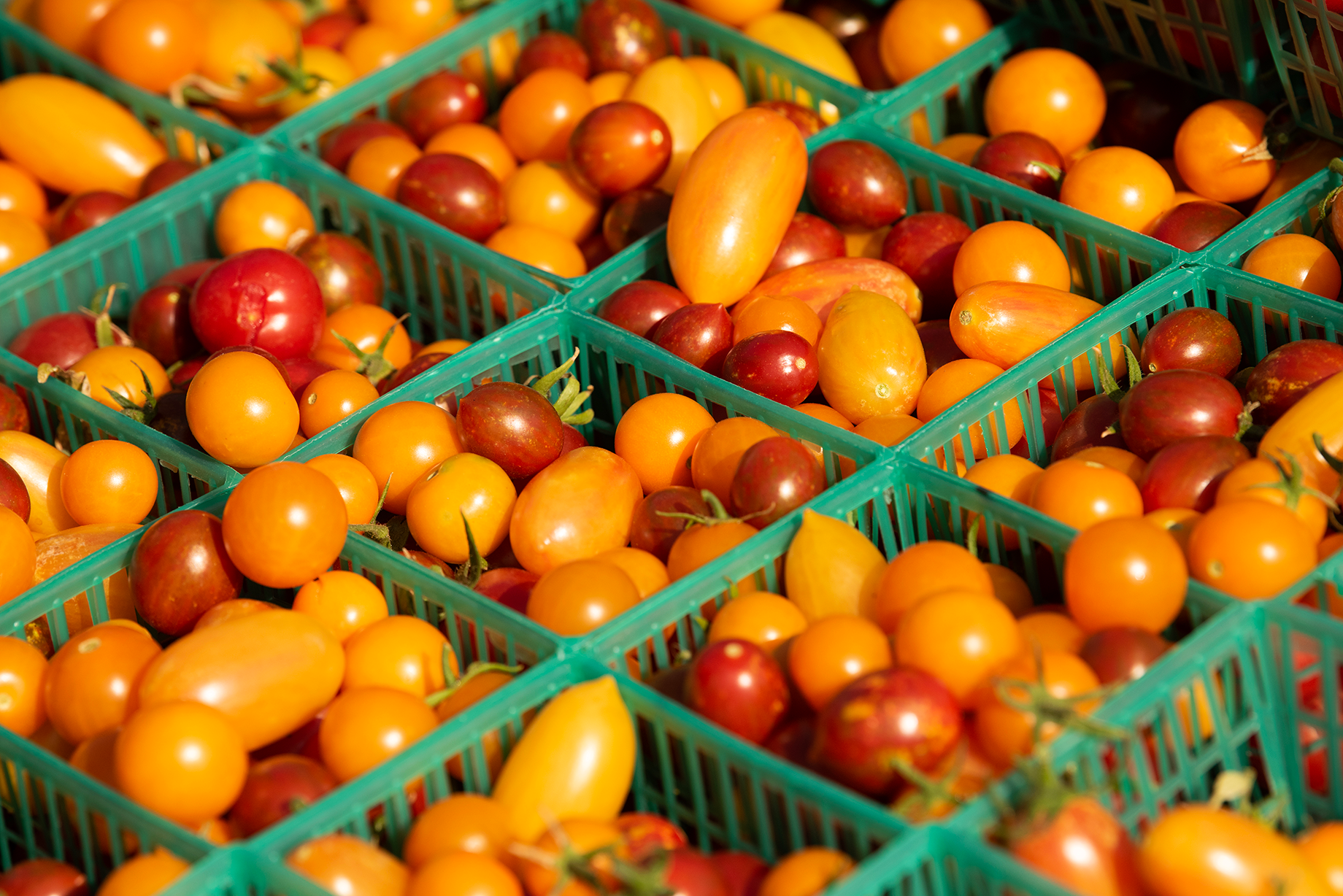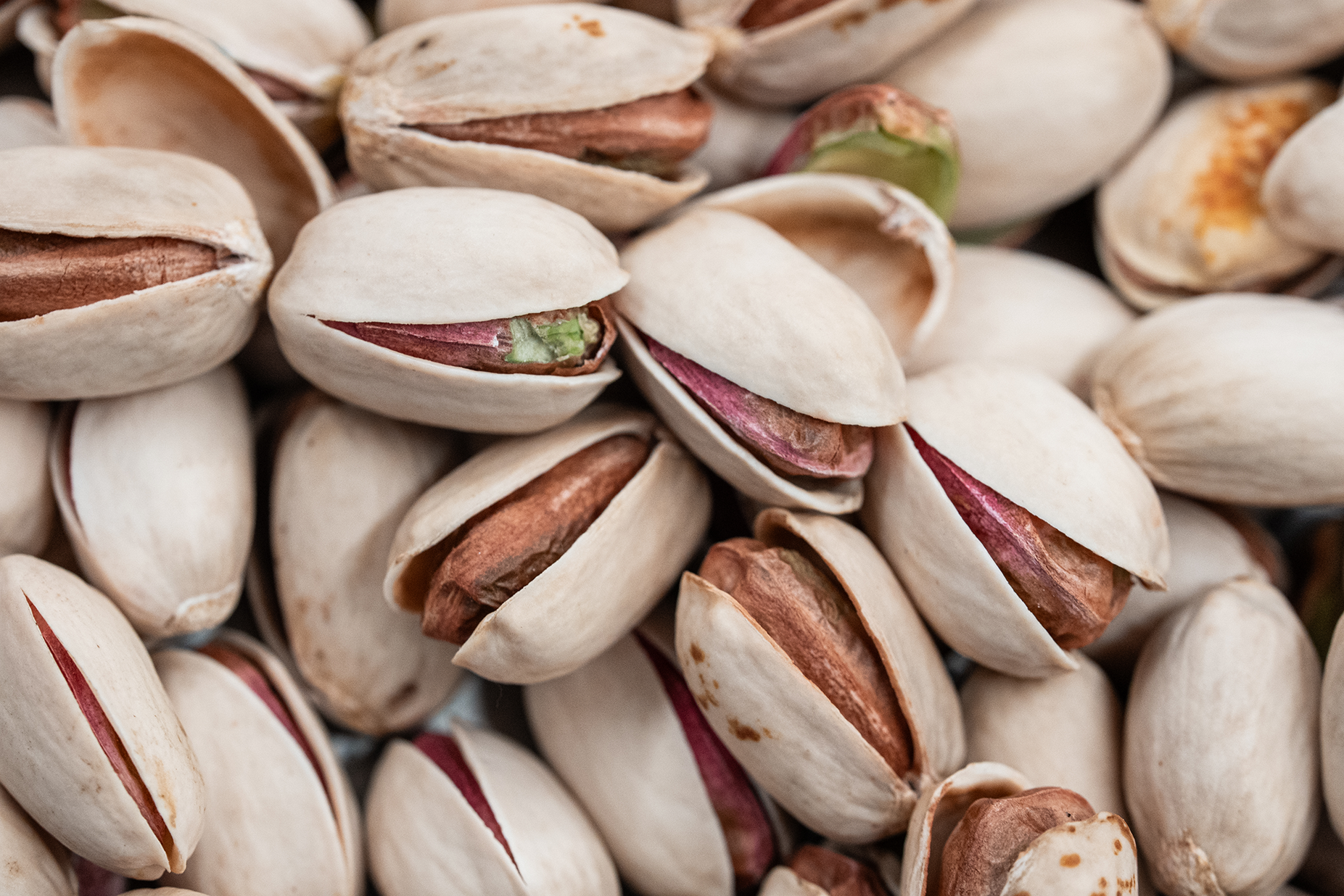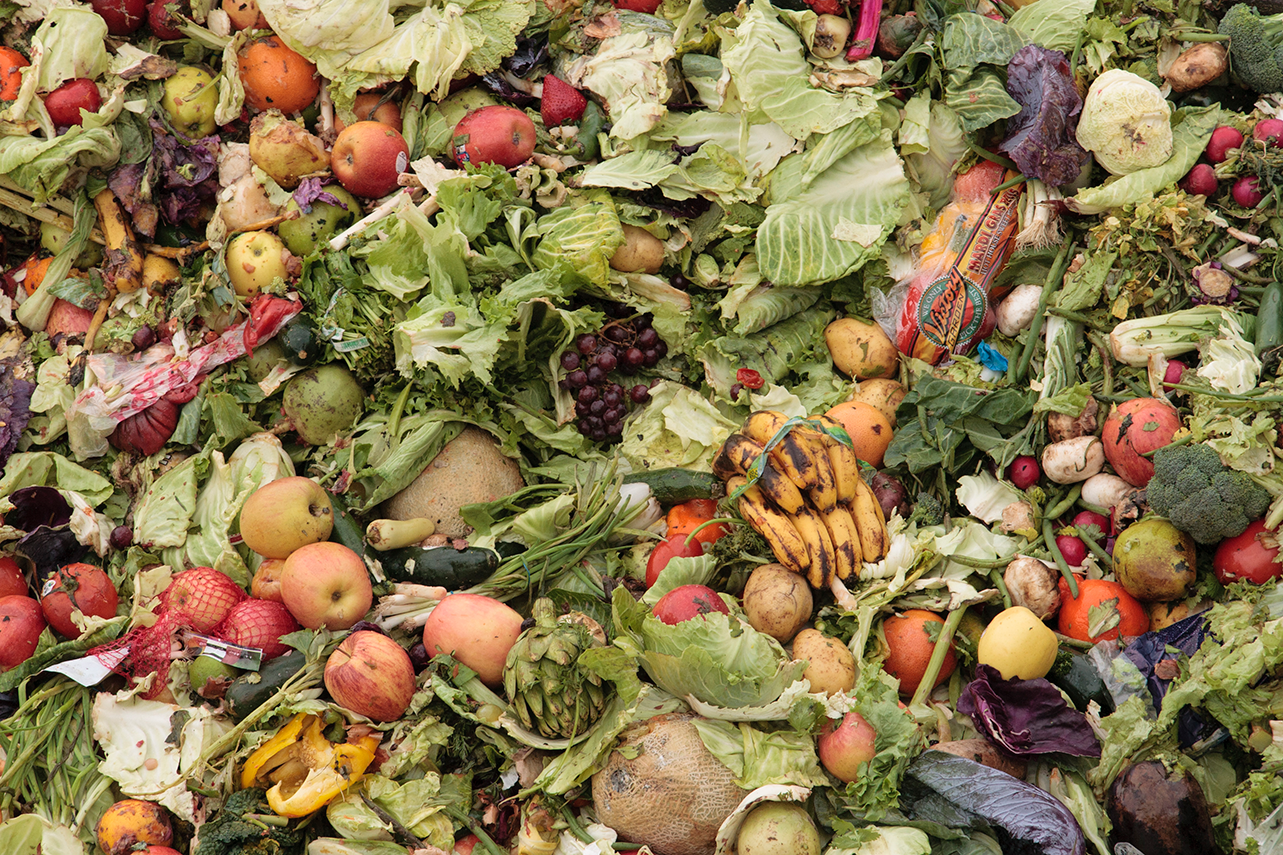
Turning Food Scraps into Opportunities
Researchers Create New Tool to Track What’s Left After Processing Foods
For every juicy tomato or crunchy almond California grows, there’s a pile of pulp, hulls or scraps that often goes to waste. A new online tool, created by University of California, Davis researchers, tracks those agricultural byproducts aiming to find innovative ways to put them to use.
The Byproduct Database, supported and maintained by the AI Institute for Next Generation Food Systems, or AIFS, is an ongoing research project that includes a catalog of byproducts like fruit skins and nut shells, and potential ways to reuse them across different industries.
Edward “Ned” Spang, principal investigator and associate professor with the Department of Food Science and Technology, said about one-third of the food produced worldwide, doesn’t get eaten. The database consolidates information about food waste in one place, detailing what the various leftovers are made of and where they’re available in the state. Spang believes it could help guide decisions on reducing waste by potentially turning these materials into new products for food, cosmetics or pharmaceutical industries.
“In the food production space, there’s a lot of edible material, or potentially valuable material, that’s been overlooked for a long time as waste,” Spang said. “There hasn’t been a lot of information about what’s really out there. It’s a common idea that when a material is considered a waste, we don’t often measure and track it in great detail. So, the questions we are trying to understand include: ‘How much of this material is out there? What is it composed of? Where is it? When is it available?’”

Tomatoes, almonds, pistachios and pomegranates
The pilot phase of the database currently features four major crops: tomatoes, almonds, pistachios and pomegranates. As the research team continues to gather data, they will update the site to include other crops and byproducts, including wine grapes, stone fruits and citrus. In collaboration with co-principal investigator Ilias Tagkopoulos, AIFS director and professor with the Department of Computer Science, Spang is looking into developing and applying AI tools to expand the site faster and with less manual work.
For pistachios, the website illustrates that the largest byproduct is the hull, which is often discarded, and that undersized pistachios could be a valuable resource if there was a market for it. The website helps outline the various byproducts for potential upcycling, where leftovers are transformed into new ingredients. Local companies are already developing new products using materials such as brewers’ spent grain (a byproduct of beer production), okara (a fibrous byproduct from soymilk production) and grape pomace (leftovers from winemaking).
Researchers are looking at where food gets lost in the field and at the processing plant. With tomatoes, some get damaged on the vine, others get tossed out for not meeting quality standards. Spang said those leftovers, or side streams, are opportunities for upcycling.
“When it's an upcycled ingredient, its reuse is almost all good news. It’s a material that’s already been cultivated, harvested and processed, so anything you do that’s economically productive means that all the resources embedded in that material, like fertilizer, water and energy, were not wasted in vain,” said Spang, who is also director of the Robert Mondavi Institute of Wine and Food Science. “It is a real win-win opportunity.”

Finding new uses
The skin and pulp of a tomato contain lycopene, an antioxidant known for its health benefits. Users of the website can visualize where these leftover tomato parts, and its valuable lycopene, are found, helping to imagine new ways to make use of this healthy compound.
“We expect our primary user to be entrepreneurs who are looking for new business models in upcycling, or who might have an advanced extraction technology to derive value from some of these overlooked materials,” Spang explained. “But producers and hopefully the growers would also benefit as new revenue streams deliver value up and down the food supply chain.”
Spang said the database will also integrate data from Tagkopooulos’ Food Atlas, another tool developed at UC Davis that connects the biochemical compounds in food items to health outcomes.
In addition to that, the database will soon include cost estimates and economic variables to help users make more informed decisions. This will allow them to assess factors like how much lycopene is in a byproduct, its value per milligram and the costs associated with extracting it.
“We also need to know how much it costs to go from tomato pomace to extracted lycopene,” Spang said. “That net difference between cost of extraction and the value of the product is what I think is going to be particularly valuable in helping to identify promising opportunities.”

New space for agricultural innovation on campus
The research project is funded by a grant from the Resnick Agricultural Innovation Research Fund, created by a $50 million gift by Lynda and Stewart Resnick, co-owners of The Wonderful Company. Part of that donation also establishes the Resnick Center for Agricultural Innovation, currently under construction on campus, that will include a large space for biomass staging and extraction, a process to pull valuable compounds from fruits, vegetables and grain residues.
Food waste happens, but this work is helping build a food system that wastes less and supports sustainability, which Spang hopes will excite everyone.
“We have to be a little more creative with our food system,” he said. “We can make our current food system more productive by investigating novel upcycling ideas and processing systems that create more revenue for producers and hopefully deliver more value to consumers as well.”
Media Resources
- Edward “Ned” Spang, Department of Food Science and Technology, esspang@ucdavis.edu
- Amy Quinton, UC Davis News and Media Relations, 530-601-8077, amquinton@ucdavis.edu
- Tiffany Dobbyn, College of Agricultural and Environmental Sciences, tadobbyn@ucdavis.edu